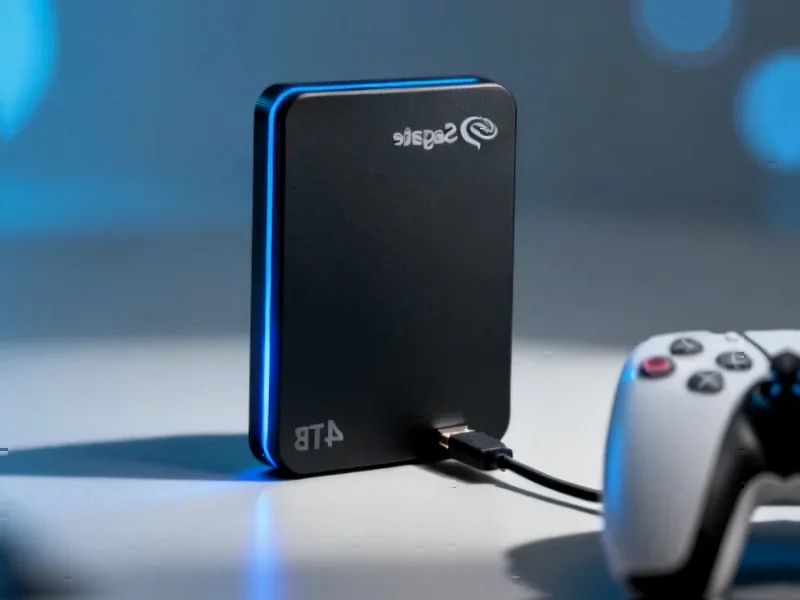According to CNBC, Nintendo has significantly raised its sales forecast for the Switch 2 console from 15 million to 19 million units for the fiscal year ending March 2026. The Japanese gaming giant announced this 27% increase following strong momentum for its new flagship console, which launched in June 2025. The company reported these updated projections alongside its fiscal second quarter results ended September 30, 2025, indicating growing consumer demand for the next-generation console. This upward revision suggests Nintendo is experiencing stronger-than-expected performance for its latest hardware offering.
The Business Strategy Behind the Numbers
This forecast revision represents more than just optimistic accounting—it’s a strategic statement about Nintendo’s positioning in the console wars. The 4 million unit increase translates to potentially billions in additional hardware revenue, but the real story lies in the software and services ecosystem that drives Nintendo’s long-term profitability. Historically, Nintendo’s business model depends on maintaining a healthy install base to drive game sales, subscription services, and licensing revenue. This aggressive upward revision suggests the company sees early indicators of sustained consumer engagement beyond the initial launch hype.
Navigating an Evolving Competitive Landscape
Nintendo’s timing is particularly interesting given the current state of the gaming industry. While Sony and Microsoft continue pushing graphical boundaries with their premium consoles, Nintendo has carved out a distinct market position focused on hybrid functionality and family-friendly experiences. The Switch 2’s success comes at a time when mobile gaming faces increased scrutiny over monetization practices, and cloud gaming services have yet to achieve mainstream adoption. By increasing their forecast, Nintendo signals confidence that their unique value proposition—combining home console quality with portable convenience—continues to resonate with consumers who want gaming experiences that fit their lifestyle rather than demanding their full attention.
Revenue Streams and Market Opportunities
The 19 million unit forecast creates multiple revenue opportunities beyond hardware sales. Each additional console sold represents potential revenue from first-party game sales, Nintendo Switch Online subscriptions, and third-party licensing fees. More importantly, it suggests Nintendo anticipates strong performance from its upcoming game release schedule, which typically drives hardware adoption. The company likely has data showing stronger-than-expected attach rates for new titles or perhaps anticipates major franchise releases that will drive holiday season demand. This upward revision also provides Nintendo with greater leverage in negotiations with third-party developers, who are more likely to commit resources to platforms with growing installed bases.
Why This Move Matters Now
The timing of this forecast increase reveals Nintendo’s confidence in overcoming several industry challenges simultaneously. The gaming sector has faced post-pandemic normalization and economic pressures that have impacted consumer spending on entertainment. By raising their forecast mid-year, Nintendo indicates they’re not just meeting expectations but exceeding them despite these headwinds. This suggests the Switch 2’s value proposition—offering premium gaming experiences at a more accessible price point than competitors—is proving resilient in the current economic environment. The company appears to be betting that consumers still prioritize gaming but are becoming more selective about where they invest their entertainment dollars.
What Comes Next for Nintendo’s Strategy
Looking ahead, this forecast revision sets the stage for Nintendo’s next strategic moves. If the company achieves these targets, it will have validated its approach of iterative innovation rather than revolutionary change. The success could embolden Nintendo to continue its current development philosophy while potentially accelerating investments in emerging technologies like augmented reality and cloud gaming. However, the increased forecast also raises the stakes—failure to meet these numbers could signal deeper issues with the Switch 2’s long-term appeal. The coming months will reveal whether this confidence is warranted or if Nintendo is overestimating the market’s appetite for its distinctive approach to console gaming.




